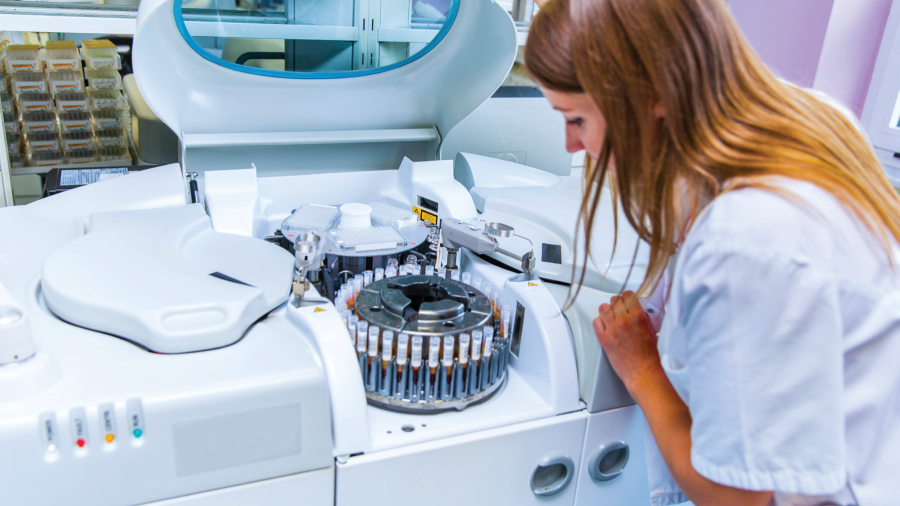Integrate a concept management system for better medical device design control

It is easy to understand how a program manager or designer can become overwhelmed by a system’s architecture that is required to develop a medical device. Initially, it may be easy to think to use a spreadsheet for design inputs or a Word document for product requirements. However, it soon becomes very apparent that the complexity of the design and development process needs a better tool to create better design control.
Siemens PLM solution for design control
The Siemens PLM solution is purpose-built to help your team manage complex design artifacts and link relationships throughout the entire design process. With our tool, established relationships remain without costly maintenance, while program updates can occur in a structured environment.
A key capability of the Siemens PLM solution is that it enables the creation of documents as well as the logic behind them and tracks them interdependently. Concepts can be stored, tracked and released as a complete document resource. Specific reports and documentation for internal reviews and external audits can be generated in real-time, at any time.
Let’s dive into the medical device development process and see where our PLM solution can help.
Creating a traceability matrix for product development
Below are just some of the ways our PLM solution can be integrated into the product development process to create better design control.
- Design verification and validation (V&V) – The first task of any product development process is to discover, define and link items of interest for a specific product. What can seem like a daunting task is made easier with templates for typical setups through our PLM software.
- Risk management – When it comes to medical device development, there are potential hazards that can lead to harm. These hazards must be documented and mitigated to control the outcome and make a device safe to use. Implementing a risk management system requires organized data, data fields were common terminology and work items linked with minimum complexity.
- Design history file (DHF) – One of the most powerful leverage points in the use of our PLM software is the way ancillary artifacts are referenced in the DHF. It is convenient to define text once for approval and then reference the tagged work whenever needed. This ensures consistency.
Document definition for design control
The next step in the design process is document definition. In this phase, an engineer will determine which documents will be used to contain each of the relevant work items and how these documents will be approved.
Some documents may include:
- Regulatory analysis
- Clinical evaluation report (CER)
- Risk management plan
- Risk analysis, including the DFMEA and PFMEA
- Risk management report
- Design inputs and outputs
One way to accomplish document definition is to pull federal registers into the Siemens PLM solution as required documents. This is just the beginning for our PLM solution.
Learn more about how to integrate a concept management system in your organization today.


